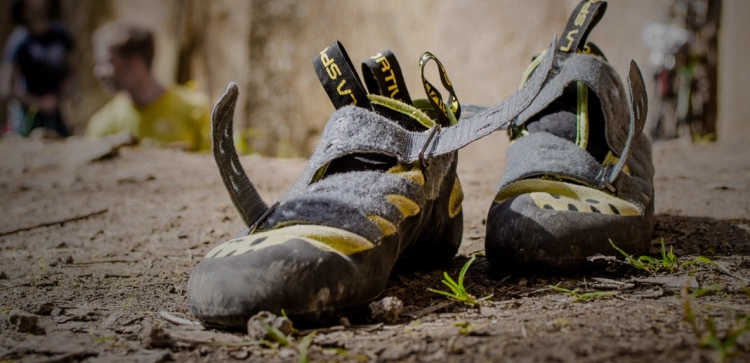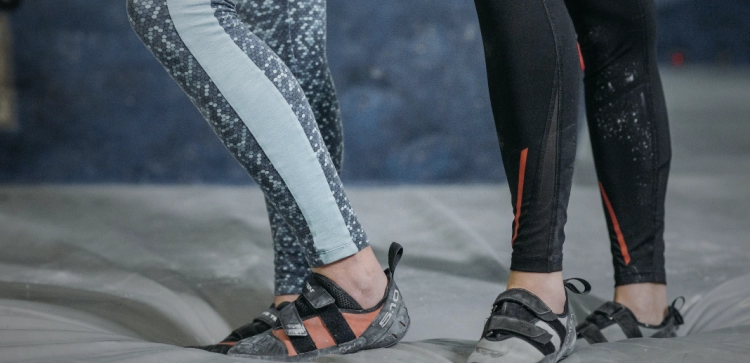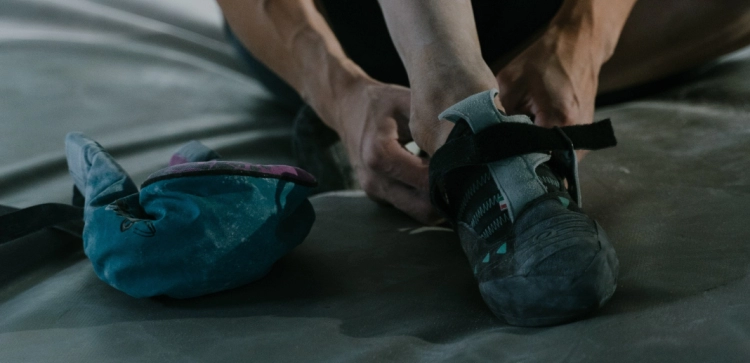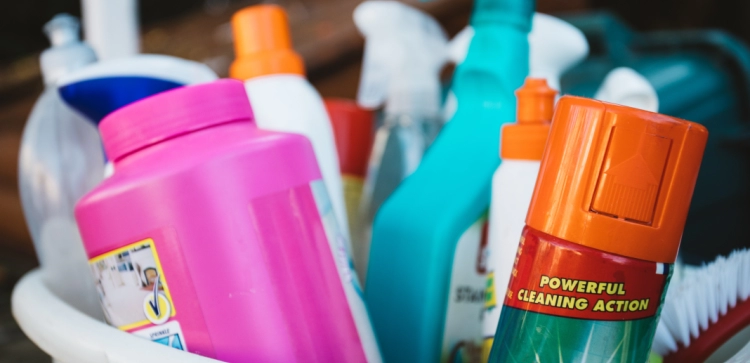Pros And Cons Of Synthetic Vs. Leather Climbing Shoes: Understanding The Key Differences

Climbing shoes are essential for every climber. The decision between synthetic or leather ones can have a big impact on your climbing experience. In the article below, we will cover the topic of synthetic vs. leather climbing shoes, what the differences in materials are, and explain some of the pros and cons of each option.
The main differences between synthetic and leather climbing shoes can be summarized as follows:
- Synthetic shoes are often more affordable, dry out faster, and have less stretching.
- Leather shoes offer a customized fit, excellent sensitivity, and durability. They may require a break-in period and can be more expensive.
Now that we have roughly summarized the key differences between synthetic and leather climbing shoes, let's go into the advantages and disadvantages of each option. We will explore the materials used, the performance aspects, sustainability considerations, and more. By understanding the pros and cons of synthetic and leather climbing shoes, you can better understand which type of shoe is right for you based on your climbing style, preferences, and budget.
Understanding the Differences in Climbing Shoe Materials
When it comes to choosing the right climbing shoes, understanding the differences in materials can be crucial. One of the fundamental distinctions between synthetic and leather climbing shoes lies in the materials used in their construction.
Synthetic climbing shoes are typically made from materials like polyester, nylon, and rubber, while leather climbing shoes are made from natural leather.
Pros of Synthetic Climbing Shoes
-
Affordability: Synthetic climbing shoes are often more affordable compared to leather shoes, making them a budget-friendly option for climbers on a tight budget. This can be especially appealing for beginner climbers or those who are just starting out and looking for a cost-effective option.
-
Fast Drying and Less Stretching: Synthetic shoes tend to dry out faster compared to leather shoes, which can be advantageous in wet or humid conditions. Additionally, synthetic materials used in climbing shoes are generally less prone to stretching, resulting in a more consistent fit over time, which can enhance performance and comfort.
-
Vegan-Friendly: Synthetic climbing shoes are usually made without the use of animal products, making them a preferred choice for climbers with ethical concerns about using leather or other animal-derived materials. This can align with the values of climbers who follow a vegan lifestyle or have concerns about animal welfare.
-
Ready-to-Use: Synthetic climbing shoes usually do not require a break-in period, allowing climbers to use them right out of the box. This can be convenient for climbers who want to start climbing immediately without the need for a lengthy break-in process.
Cons of Synthetic Climbing Shoes
- Potential for Faster Wear and Tear: Synthetic climbing shoes may wear out more quickly compared to leather shoes due to the synthetic materials used, which may require more frequent replacements. This can be a consideration for climbers who are looking for long-lasting durability in their climbing shoes.
• Quick drying and less stretching for consistent fit
• Vegan-friendly for ethical concerns
• No break-in period, ready to use out of the box
Pros of Leather Climbing Shoes
-
Durability: Leather climbing shoes are known for their durability and can withstand rigorous use over time. They are often made from high-quality, natural leather that can resist wear and tear, making them a long-lasting investment for climbers who prioritize durability.
-
Snug Fit and Conforming Comfort: Leather climbing shoes tend to offer a snug fit and can conform to the shape of the foot over time, providing a customized and comfortable fit. This can enhance performance and allow for precise foot placements, especially on technical climbs that require sensitivity and precision.
-
Breathability: Leather is a natural material that tends to be breathable, allowing air to circulate around the foot and prevent excessive sweat and odor buildup. This can be beneficial for climbers who spend extended periods in their shoes or climb in hot weather conditions.
Cons of Leather Climbing Shoes
-
Higher Cost: Leather climbing shoes are often more expensive compared to synthetic options, which can be a consideration for climbers on a budget or those looking for a more affordable option.
-
Longer Break-In Period: Leather climbing shoes typically require a break-in period to soften and mold to the shape of the foot, which may take time and effort. This can be a disadvantage for climbers who want to use their shoes immediately without the need for a break-in process.
• Durability and ruggedness
• Highly Breathable
• Higher cost compared to synthetic options
• Ethical concerns for animal product usage
Choosing the Right Climbing Shoe for You
The decision between synthetic and leather climbing shoes ultimately depends on your personal preferences, climbing style, and budget. Consider factors such as the type of climbs you frequently undertake, the fit and comfort you prioritize, the weather conditions you often encounter, and any ethical considerations you may have. Trying on multiple pairs, seeking advice from fellow climbers, and considering your own experience and comfort, are essential in making the right decision. Keep in mind that the perfect climbing shoe is subjective and can greatly impact your performance and overall climbing experience.
Caring for Your Climbing Shoes
Regardless of whether you choose synthetic or leather climbing shoes, proper care and maintenance are crucial for prolonging their lifespan and optimizing their performance. Here are some general care tips for climbing shoes:
- Clean and dry your shoes after each climbing session to prevent the buildup of dirt and odor.
- Use a brush or a damp cloth to remove dirt and debris from the shoes, and allow them to air dry in a well-ventilated area.
- Avoid leaving your climbing shoes in direct sunlight or extreme temperatures, as this can cause the materials to deteriorate or warp.
- Store your climbing shoes in a cool and dry place to prevent the growth of mold and bacteria.
- Consider using shoe deodorizers or antibacterial sprays to keep your shoes fresh and odor-free.
- Avoid using your climbing shoes for activities other than climbing, as this can cause unnecessary wear and tear on the shoes.
- Resole your climbing shoes as needed to extend their lifespan and maintain their performance. Many climbing shoe manufacturers offer resoling services, which can be a cost-effective way to prolong the use of your shoes.
Conclusion
In conclusion, the choice between synthetic and leather climbing shoes involves weighing the differences in materials, pros, and cons. Synthetic shoes offer advantages such as affordability, quick drying, and vegan-friendly options, while leather shoes provide a customized fit, and durability. Consider your personal preferences, climbing style, and budget when making your decision, and prioritize proper care and maintenance to optimize the lifespan and performance of your climbing shoes. Happy climbing!
Have any pros and cons of your own? Let us know in the comments!








